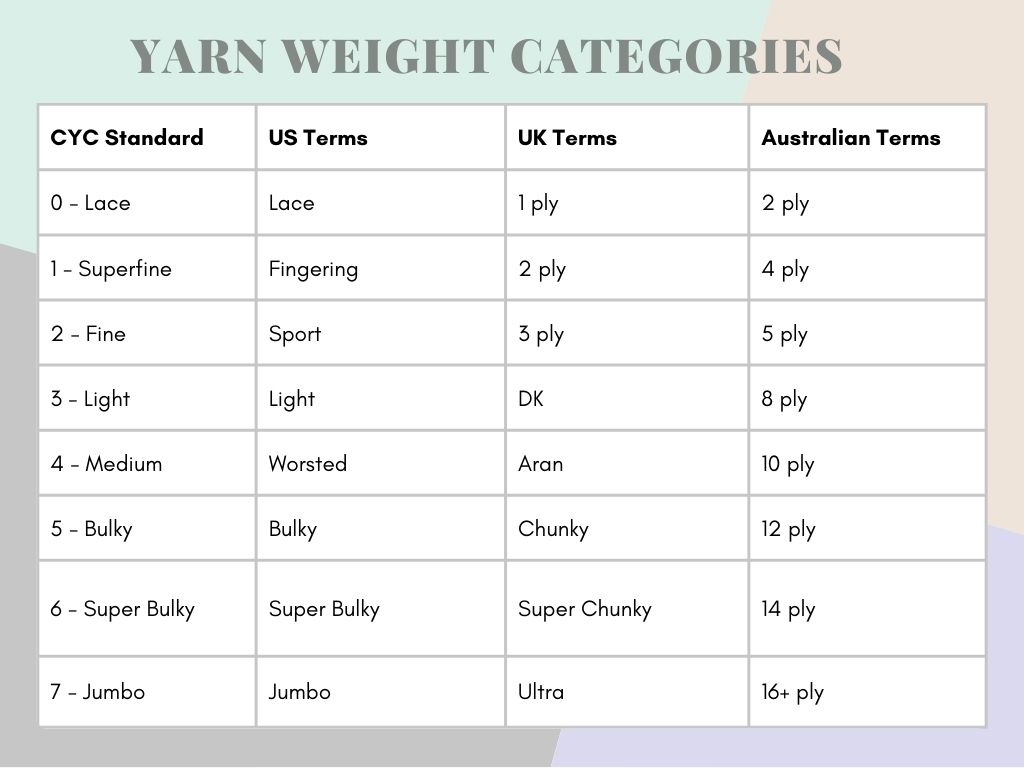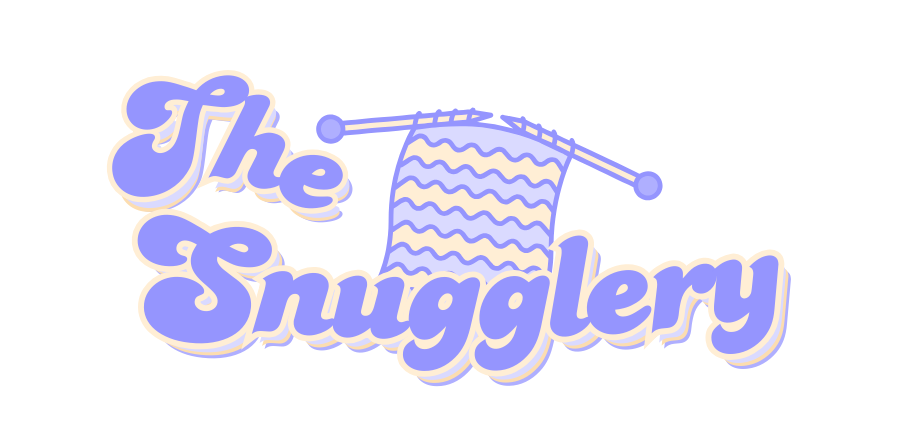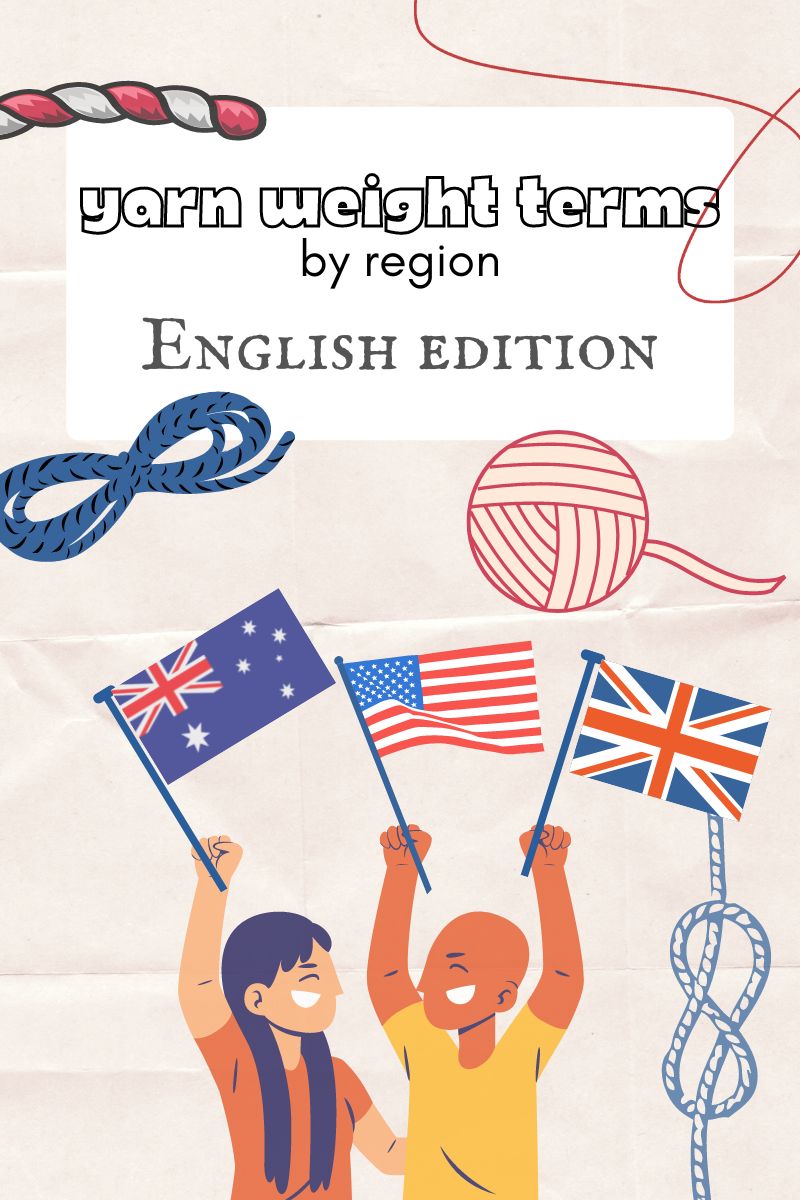We sure do love yarn don’t we? Whether you’re a seasoned crocheter or a budding knitter, choosing the right yarn for your project is essential. While a love of yarn unites crafters worldwide, did you know that the terminology used to describe yarn weight categories can vary even between English speaking regions? Yes, it’s true! This can make it difficult for international crafters to follow patterns or choose the right yarn for their projects. So in this blog post, I’m going to go over all of the naming differences for yarn weights used in the United States, the United Kingdom, and Australia and show you how to convert them with ease.
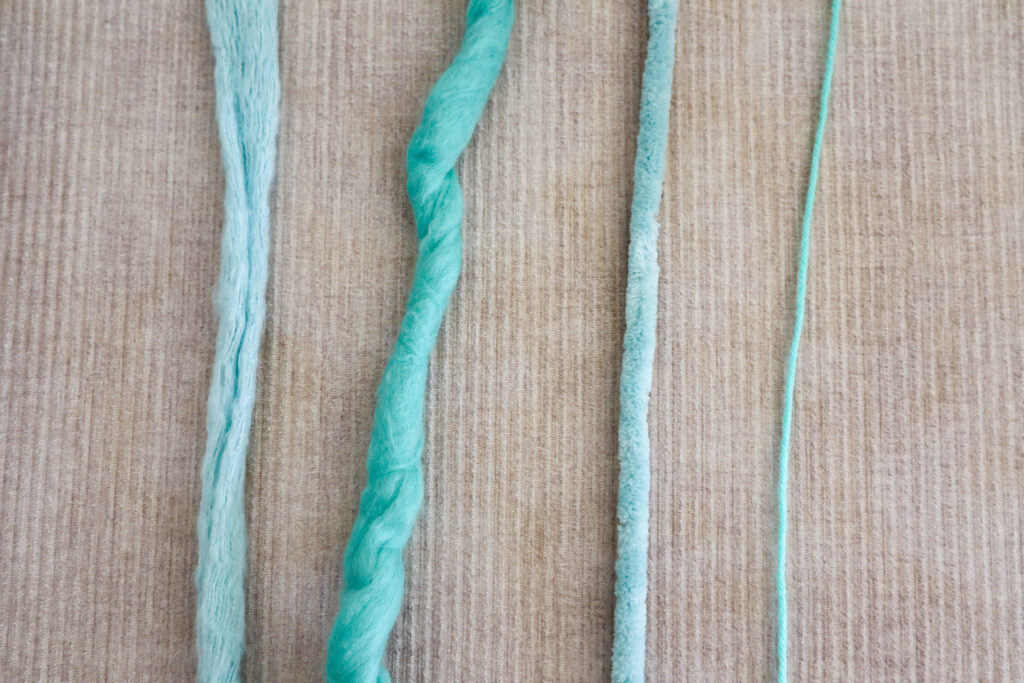
Now we’ve got A LOT of terms to go over so lets get into it.
Yarn Weight Categories in the United States
In the United States, yarn weight categories are often described using numbers, such as 0, 1, 2, and so up to size 7 going from finest to thickest. These numbers were set by the Craft Yarn Council but don’t let that make you think we’ve standardized this thing! Yarns are often also referred to by a host of colloquial terms in each category (and terms are even shared somewhat and used interchangeably in all regions). With all that in mind, here’s a rundown of the most common yarn weight categories used in the US:
0 – Lace weight 1 – Superfine/Sock/Fingering weight 2 – Fine/Sport/Baby weight 3 – Light weight 4 – Medium/Worsted weight 5 – Bulky weight 6 – Super bulky weight 7 – Jumbo
When US crafters think of “normal” yarn, they are usually talking about a medium weight (4) acrylic with 2-4 plys (how many strands of yarn are twisted to make the yarn). Isn’t it amazing how we can get this idea in our heads of what “yarn” is when there are actually so many variations?
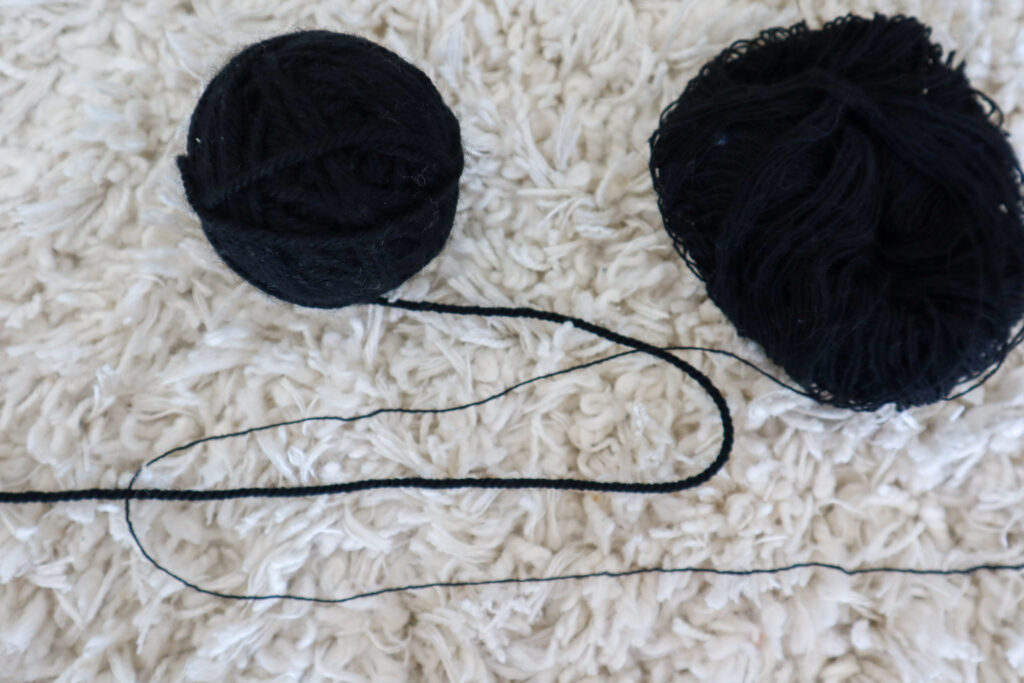
Lace weight yarns are nearly thread and can even be cobweb-like. Difficult to work with but can be a real treat for advanced knitters and crocheters. Both superfine (1) and sport (2) weight yarns often find themselves in socks, lacey shawls and all kinds of patterns you would think of has using “thin” yarn. Light weight (3) is often the lightest weight yarn US crafters find themselves using. Everything is bigger in the USA! But 3 weight yarn is a fan fave over in the UK
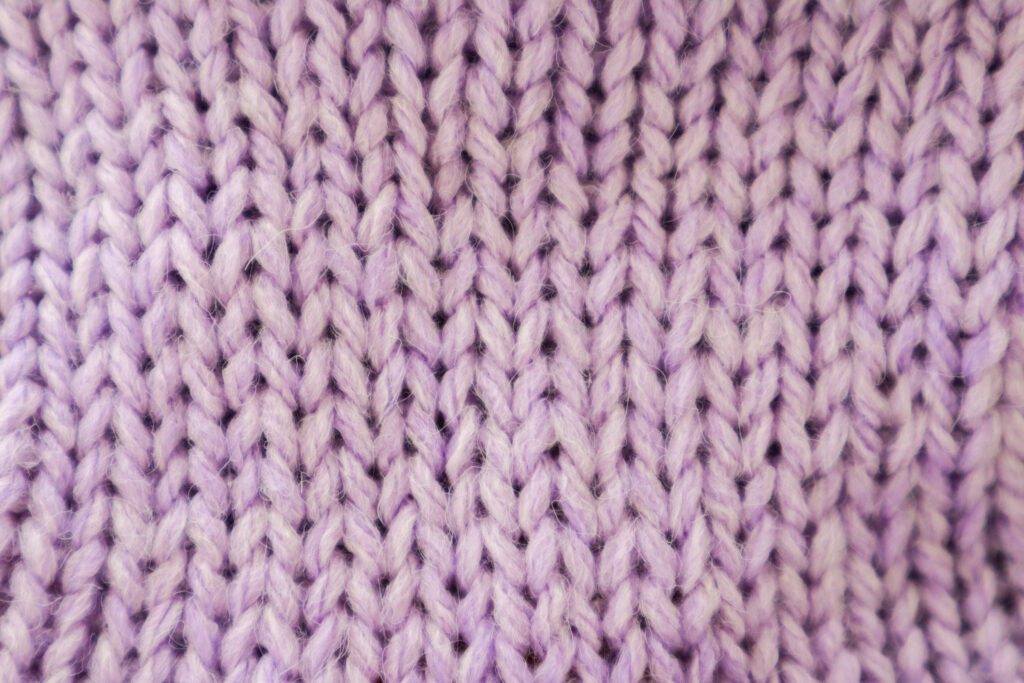
Yarn Weight Categories in the United Kingdom
In the United Kingdom, yarn weight categories are often described using a range of words, such as 4-ply, DK, Aran, and so on. Here’s a rundown of the most common yarn weight categories used in the UK:
1–ply – Lace weight 2–ply – Superfine weight 4–ply – Fine weight DK – Light weight Aran – Medium weight Chunky – Bulky weight Super Chunky – Super bulky weight Ultra – Roving/Jumbo weight
The UK system of yarn weight categories may be slightly different from the US system, but the concepts are the same. I’ve noticed that UK and European crafters tend to air on the lighter side of yarns. Some yarns that go by “chunky” across the pond wouldn’t even cut it for Worsted, stateside. That means a lot of European patterns start with DK weight yarn and would be a lot of fun for US knitters and crocheters to try out if they feel like breaking out of the worsted weight box.
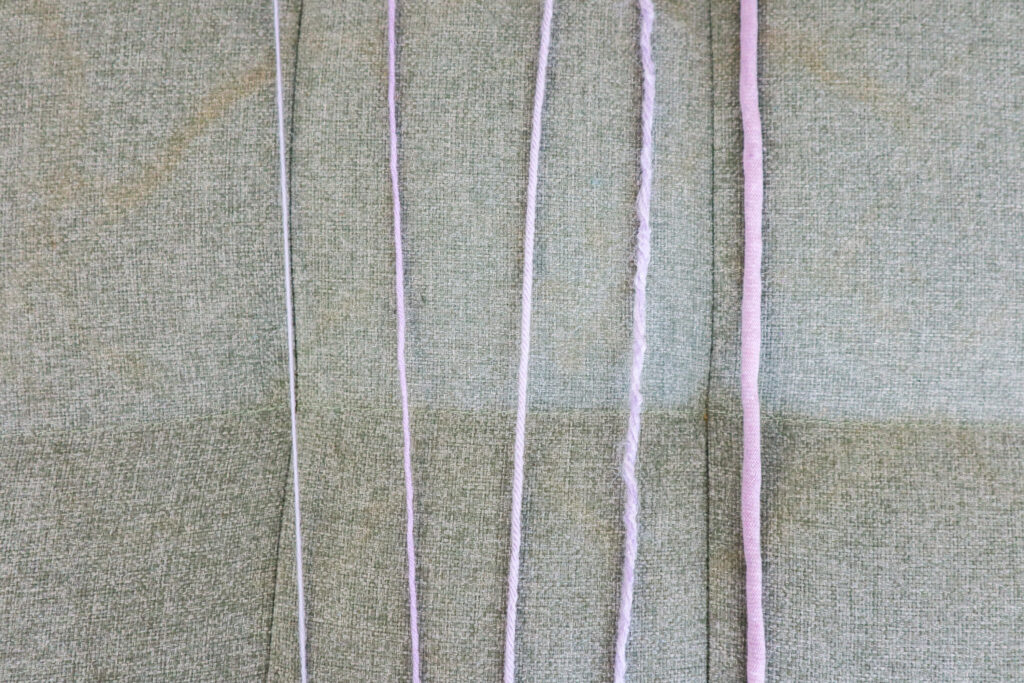
Yarn Weight Categories in Australia
In Australia, yarns can again be identified by now familiar words like “fine” and “bulky” but they’ve also got a unique “ply” system. Referring to all yarn weights by some number of ply.
2-ply - Lace weight 3-ply - Superfine weight 5-ply - Fine weight 8-ply - Light weight 10-ply - Worsted weight 12-ply - Bulky weight 14-ply - Super Bulky weight 16+-ply - Jumbo
I’m not sure where the count for these plys came from! I can only imagine that once upon a time there was some attempt to standardize the size of one “ply” and then the yarn weights were born from adding multiples of that standard to represent a yarn strand’s thickness. It is a bit of a misnomer because a ply is technically one strand of a fiber. Yarns are often some number of plys twisted around eachother but even bulky yarn can be just one ply, technically… if it is just one really thick strand. So just keep this in mind when sizing yarn in Aussi terms.
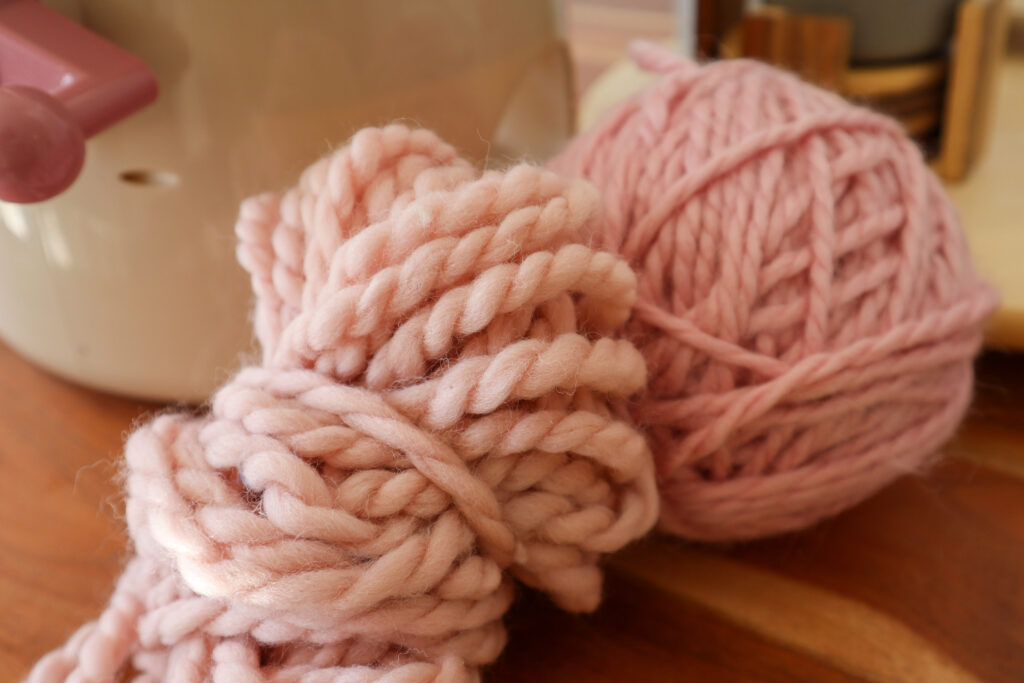
To tie it all up in a nice little bow, please enjoy this helpful chart which compares all of the yarn weight terms and gives recommended hook and needle sizes that are common for these yarn weights. I feel like the extra context of hook size really helps me visualize what thickness these yarn terms are representing.
If you’d like a handy printable version of this chart, click HERE to download mine for free!
| Yarn Weight Categories | ||||
|---|---|---|---|---|
| Craft Yarn Counsel Standard | US Terms | UK Terms | Australian Terms | Typical Hook/Needle Size |
| 0 – Lace | Lace | 1 ply | 2 ply | 0.6–2.25 mm |
| 1 – Superfine | Fingering | 2 ply | 4 ply | 2—3mm |
| 2 – Fine | Sport | 3 ply | 5 ply | 2.5—3.75mm |
| 3 – Light | Light | DK | 8 ply | 3.5—5mm |
| 4 – Medium | Worsted | Aran | 10 ply | 4—6mm |
| 5 – Bulky | Bulky | Chunky | 12 ply | 6—8mm |
| 6 – Super Bulky | Super Bulky | Super Chunky | 14 ply | 8— 12.75 mm |
| 7 – Jumbo | Jumbo | Ultra | 16+ ply | 12.75 mm and larger |
Just to keep this chart extra tidy, I kept the recommended took sizes to millimeters. Just like yarn weights, categorizing needle and hook size can vary from region to region as well! To see my post about translating hook and needle sizes between all the different terms, click Here!
